As the troops are battling an elusive group of fugitives in dense Poonch forests for the third week, curtains fell on the Nadimarg massacre in which 24 Kashmiri Pandits were killed in 2003, writes Masood Hussain
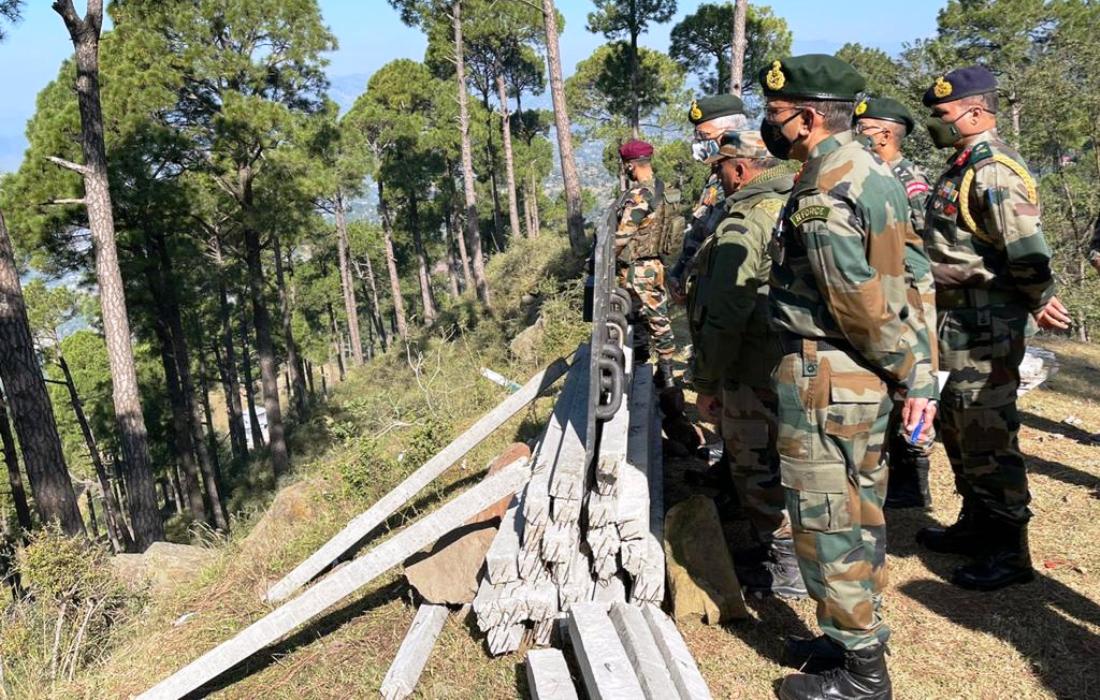
On March 10, 2003, an IAF chopper ‘saw footprints in the snow covering Pt 3689’ around the ridges crisscrossing the Poonch-Surankot area, not more than 20 km from the LoC, The Economic Times reported. “Bewildered, they decided to fly closer and take photographs. This was how they stumbled upon a well-entrenched bunker, stocked with arms, ammunition, ration to sustain the militants for months together and even surgical equipment, suggesting that they did want to arouse the curiosity of the local population by taking their injured colleagues for treatment,” the report published after the conclusion of the Operation Sarpvinash, said.
After corroborating details from different sources, the army started early summer, first using mules and subsequently setting up three high-altitude helipads at Wansi, Ranjati and Said Baker ridges, and launched the operation on April 21. By the time the Kargil-like operation was over, more than seven tons of rations was recovered along with a lot of arms and ammunition.
Briefing the parliament, the then Defence Minister George Fernandes said three militants were arrested and 65 were killed in the operation that concluded by June. Five soldiers were also killed and recoveries 79 pieces of major weapons.
A Relief Racket
Newer details emerged in 2008 when the Jammu and Kashmir government started investigating the bungling in the relief meant for the population impacted by the Operation. Details furnished in the four FIRs registered by the Surankote police suggested 21 militants had been killed by four units in seven gun battles in around 150 sq km of the rugged area.
After the operation was over, the army stopped herd grazing up in the meadows. The restrictions remained in force till 2006. In between, the government had to manage the requirements of the Gujjars and Bakerwals in keeping their herds intact.
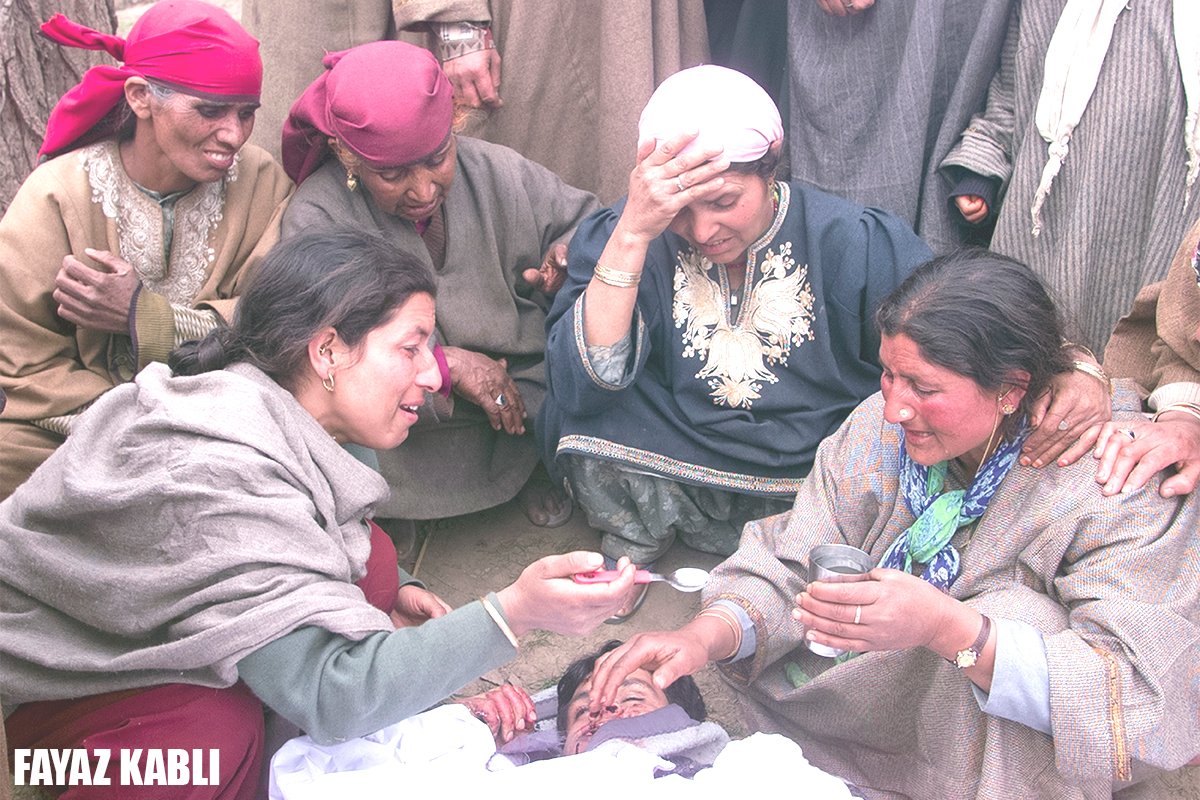
The case of financial swindle, investigated by the erstwhile State Vigilance Organization (SVO) suggested that a relief involving Rs 2.75 crore was mostly usurped by a middle rung revenue officer and his two aides. They had allegedly distributed Rs 29 lakh and swindled Rs 2.46 crore. Modus operandi involved issuing order cheques instead of crossed cheques, double entries, and enlisting families for relief, which either did not exist or did not deserve the help. The scrutiny suggested of the 283 families shown to have been paid money only 34 deserved it. As many as 18 officials were prosecuted for the relief racket for using the “beneficiary” photographs to open bank accounts where the relief was deposited and withdrawn by them.
The Central government had sanctioned Rs 7.40 crore relief for fodder and rations. This included monthly support of Rs 400 per month per person up to a maximum of Rs 1600 per family for all the 90 families inhibiting the Hill Kaka foothills.
When the case was exposed, another Hill Kaka like the operation was taking place in the belt. In January 2008, almost 2000 soldiers and cops remained busy scanning a vast Mendhar forest belt for around 10 days amid reports that fugitives had set up bases. Aerial vehicles were pushed into service as choppers made low flights in the Bhatidhar forest range. In the operation, at least three security men including a JCO were killed. Police did arrest a housewife, Moniza Bi of Dera village for helping the small militant group.
New Gun Battles
A new, though similar, crisis erupted on October 11, when a joint posse of the counter-insurgent forces, following a lead got deep into remote forests located on the border stretch of Poonch and Rajouri districts. Militants hiding in the dense foliage ambushed the party killing five soldiers in Chamrer (Surankote) woods.
Reinforcement was called that chased the group and successfully managed re-establishing a contact – when the fire is responded by fire, around Panghai (Thannamandi), around two kilometres from Chamrer. But the fugitives fled. On October 14 evening, troops combing dense Bhatta Durrian forests (Mendhar) were attacked from a hillock. Four soldiers including a JCO were killed, two of them retrieved many days later.
This cat and mouse game led to the closure of the Bhimber Gali-Poonch National Highway; induction of commandos; helicopters and aerial vehicles. The road was opened after more than a fortnight and is hugely regulated. The local population was directed to stay home. A vast forest belt is under a tight cordon from all sides.
Reports from the belt suggest that the area is normally impregnable. The cave-abundant pine forest with two streams passing through has a Territorial Army garrison on one side, Rashtriya Rifles on the other side, a brigade headquarters on its northwest side a police station close by. This otherwise safe zone is home to the new cat and mouse game, now into the third week. Before the Home Minister Amit Shah’s visit to Kashmir and Jammu, Army Chief, General MM Naravane visited the spot of action.
After reported thinning of troops in the belt, reports said the area had gradually started exhibiting security challenges. On August 6, 2013, five soldiers (21 Bihar Regiment) were killed near Chakkan-Da-Bagh (Poonch). Chasing the groups, the army killed three militants and lost a JCO at Panghai on August 19. There were brief encounters in Sunderbani, Kalakote and Nowshehra as well.
A Surprise Development
On October 24, morning, the newsrooms across Jammu and Kashmir got busy with the newsbreak that a joint posse of cops and soldiers was attacked again. In this incident, cops Daleep Kumar, and Mohammad Shafeeq, and soldier Anand Talwar, were injured along with a prisoner, Zia Mustafa. With bullets raining, the police told reporters that they could not immediately retrieve the injured Pakistani. Later, that afternoon, Zia Mustafa was recovered dead.
It took some time to understand the importance of this particular incident in the long chain of happenings in the Poonch forests. The Jammu and Kashmir Police had taken the detained militant of Lashkar-e-Toiba (LeT) on a 10 days remand on October 23.
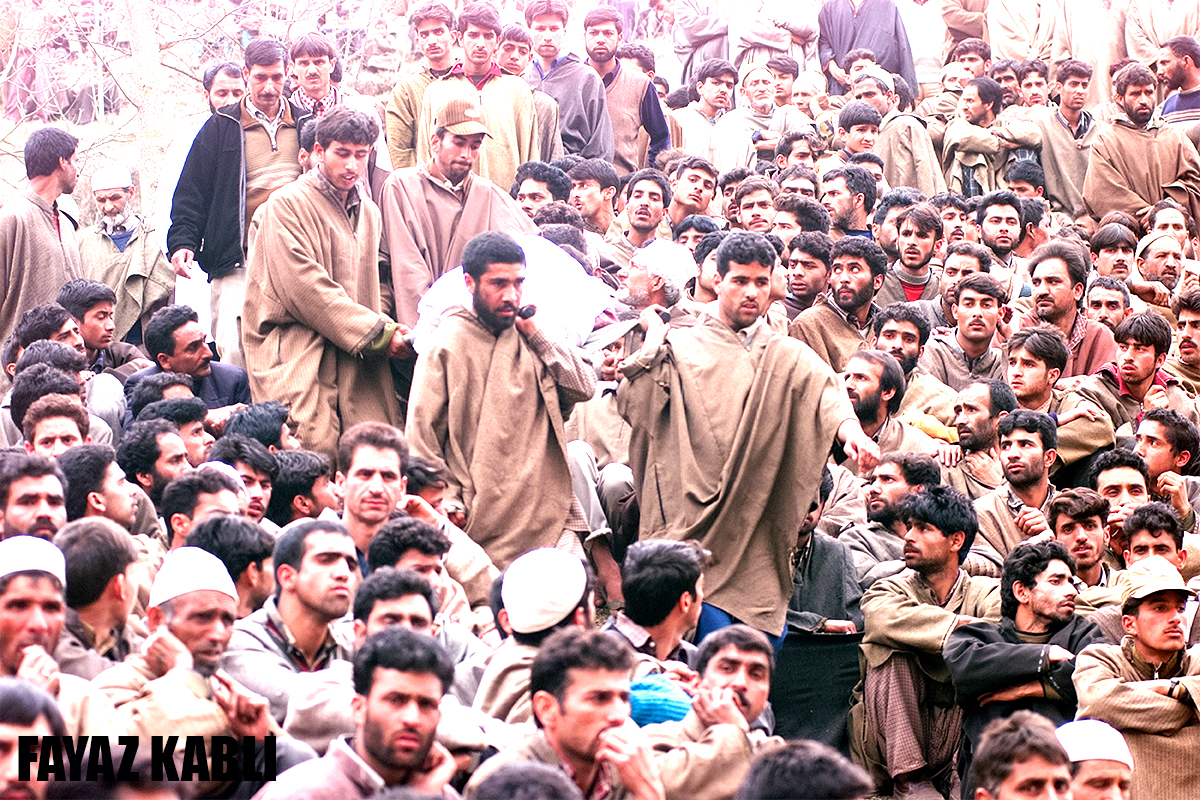
This, according to Jammu based newspaper Daily Excelsior was done on the basis “of the inputs that he was in touch with the group, which is hiding in the forest area through mobile telephone and has reportedly briefed them about infiltration route he once took while intruding into the Indian territory from the Line of Control (LoC)”. Once the court granted the transfer of custody, Zia was taken over by the Gursi police station of Mendhar where he had been named in the FIR 107/2021 lodged under Sections 302, 307, 120-B IPC and 7/25/26 Indian Arms Act.
The reports appearing in the media quoted unnamed police sources saying that Zia was in touch through mobile from the Kot Balwal jail and guiding fugitives to reach South Kashmir. Seemingly, the revelation came after the police’s counter-intelligence wing raided the jail in recent past and seized “nearly a dozen SIM cards and Smart mobile telephones”, some of which were “in possession of the Pakistani militants.”
Who Was Zia?
It eventually dawned that Zia Mustafa was not an ordinary person. Son of Abdul Kareem, a resident of Rawalakote, on the other side of LoC, not far away from the place he was killed, was the principal accused in the Nadimarg massacre, one of the worst carnages of the minority Kashmiri Pandits.
“Back in 2003, Mustafa’s arrest was announced on April 10, at a press conference by J&K DGP A K Suri in Srinagar,” journalist Nirupama Subramanian wrote in The Indian Express. “Mustafa was paraded at the press conference as a big catch. Suri said he was a “district commander” of the LeT and had been involved in the killing of 24 Kashmiri Pandits, who had stayed on in their homes in village Nadimarg in Pulwama district.”
Suri, then told reporters that Zia had infiltrated into Kashmir in September 2001 and had set up his base in Pulwama. He held him responsible for the attack on the IAF base as well.
With his killing, a major case hangs in balance. “The charge-sheet was filed against 11 people. At the time of filing of the charge sheet, the prosecution said three of the militants involved in the massacre have already been killed. This left only Zia Mustafa as the main accused,” Mohammad Mubashir Gattoo, a lawyer who was pleading slain militant’s case in the trial court in Shopian, said. “Now the accused are seven cops who are facing charges under section 30 of police act for dereliction of duty.”
The Worst Massacre
After taking over as the Chief Minister for the first time in his political career in November 2002, Mufti Mohammad Sayeed had maintained throughout that Kashmiri Pandits need to be brought back. Though not a single person had returned, his mention in every speech around had started creating a right noise.
It was in this backdrop that the massacre took place deep south in Nadimarg, a dusky village almost equidistant from Zainapora and Yaripora. The killers choose March 23 – the day Pakistan traditionally observers Kashmir Day. Incidentally, the massacre came minutes after India lost to Australia in the finals of the Cricket World Cup that was played in Johannesburg. Well before midnight, 24 Kashmiri Pandits including 11 men, 11 women and two toddlers were massacred in the brutal carnage. It was the second major news from the turmoil hit region that shook the world. The first was on March 22, when militants assassinated Hizb ul Mujahideen leader, Abdul Majid Dar, at his Sopore residence, for his peace moves.
Media that drove in hoards to the village on March 24, the morning saw lines of bullet-ridden bodies being collected for a mass pyre by the Muslims. The Indian Express’s Muzamil Jaleel was part of the first flock that reached the dusky village, almost 80 km south of Srinagar.
“Suraj had gone to sleep after celebrating his third birthday. His mother, among those who was asked to come out and fall in line, tried to hide him behind her. The first bullet got the mother, the second his father, then another crushed Suraj’s right toe, shearing off three fingers. One and a half hours later, he died crying,” Muzamil reported. “Monu was just 2-year-old. The bullets had made a sieve of his chest. His three-month-old brother is the only survivor in the family. His parents too were killed next to him.”
Chunni Lal had received two bullets and pretended to be dead and survived. Phoola Devi slipped away from the line and hid in the bushes only to watch her husband Bansilal and Rajni, 22, her daughter, died crying for help.
“The irony is that this Kashmiri Hindu hamlet had a police picket too and the massacre took place right in its compound,” Muzamil reported. “Out of the nine policemen supposed to guard the Hindus, three were absent while the other six were sleeping. In fact, the unidentified killers had first barged into their picket, collected their guns and kept them locked inside till half of the residents were done to death.”
Mohan Lal Bhat, who lost both his parents, sister and uncle to the assassins, told reporters that they were about to retire for the night when at around 9:45 pm, three men – two of them bearded and one speaking in Kashmiri – “wearing army uniforms (olive green), helmets and bullet-proof vests” summoned residents out of their homes. They were asked to line up in the compound of the police picket.
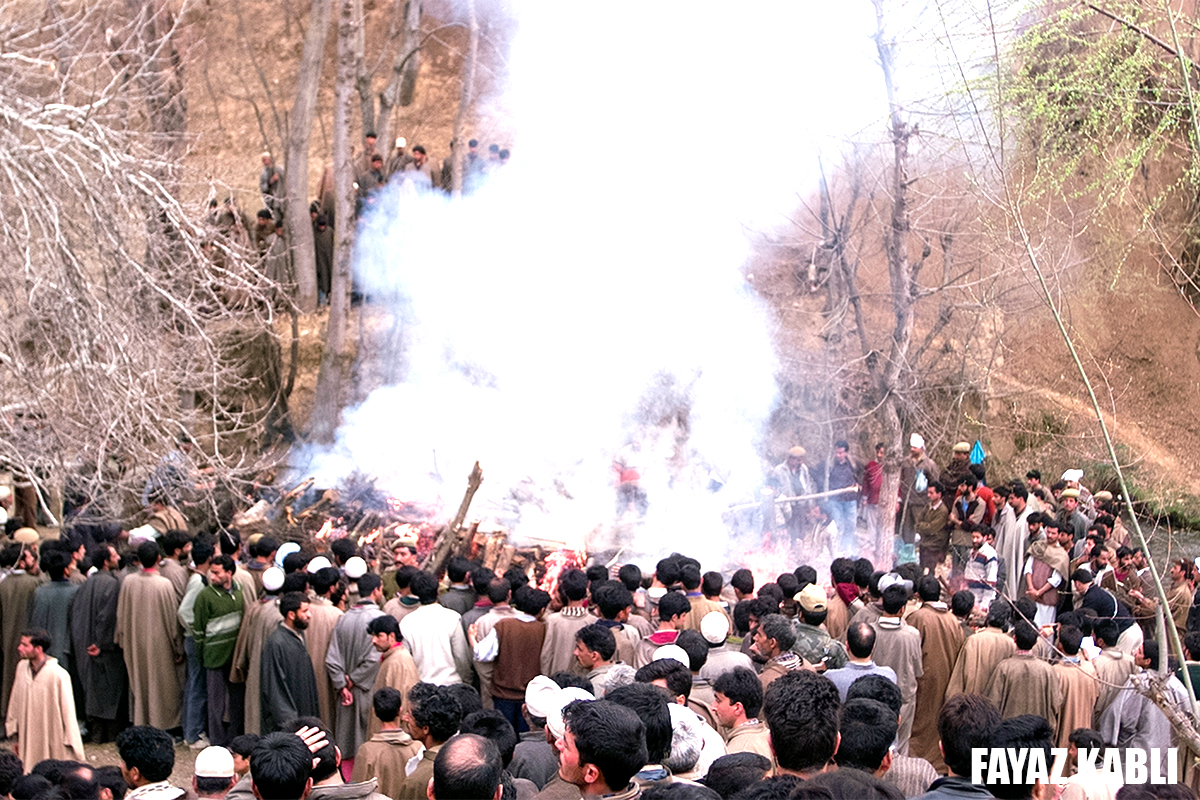
The tragedy was that it was one of the young Pandit boys who somehow escaped the massacre and rushed to the police station in Zainpora to break the worst news. It might have been around midnight. The first security detachment that reached the village was around 3:30 am!
By afternoon, it was a crowd of politicians’ cutting across party lines – Ghulam Nabi Azad, Mufti Sayeed, Mehbooba Mufti, Shabir Shah, Yasin Malik and scores of others. Mufti termed it a “setback to the peace process”, Azad held Pakistan responsible and separatists said they would cooperate with a probe if announced.
By late afternoon, hundreds of residents from the entire belt had created a huge pyre for the mass cremation. It was a painful sight as mourners from both communities were crying.
Advani Arrives
By March 25, L K Advani, the Deputy Prime Minister, also holding the charge of the Home Ministry, flew to the village. Unlike at Chittisingpora where, in 2000, he and Narendra Modi has spoken for a long time, Advani decided to hear the survivors and the community members for 90 minutes. Omar Abdullah, then MoS in External Affairs Ministry and Governor, G C Saxena, accompanied him.
Advani later told them that a Cabinet Committee would be set up to decide on the future course of action for providing adequate security to non-migrant Kashmiri Pandits. Holding Pakistan responsible for the carnage, Advani said the motive was to drive out the Pandits who had stayed put in Kashmir.
In their angry arguments, Pandits said the police and civil administration let them down. They said they had met civil (a Deputy Commissioner) and police (a DIG) administration and sought upgradation of the security “in view of a threat perception” but they were not taken seriously. They claimed they were asked to write in black and white, which the Pandits were unwilling. The only official who had visited the village, hours before the Sunday night massacre, was the police officer heading the Zainpora police station.
Advani assured all assistance and suggested the community not to leave. “If anyone wants to leave, the state government will provide all help but this is what the enemy wants,” Advani told them. “No one would be forced to stay against his wishes.”
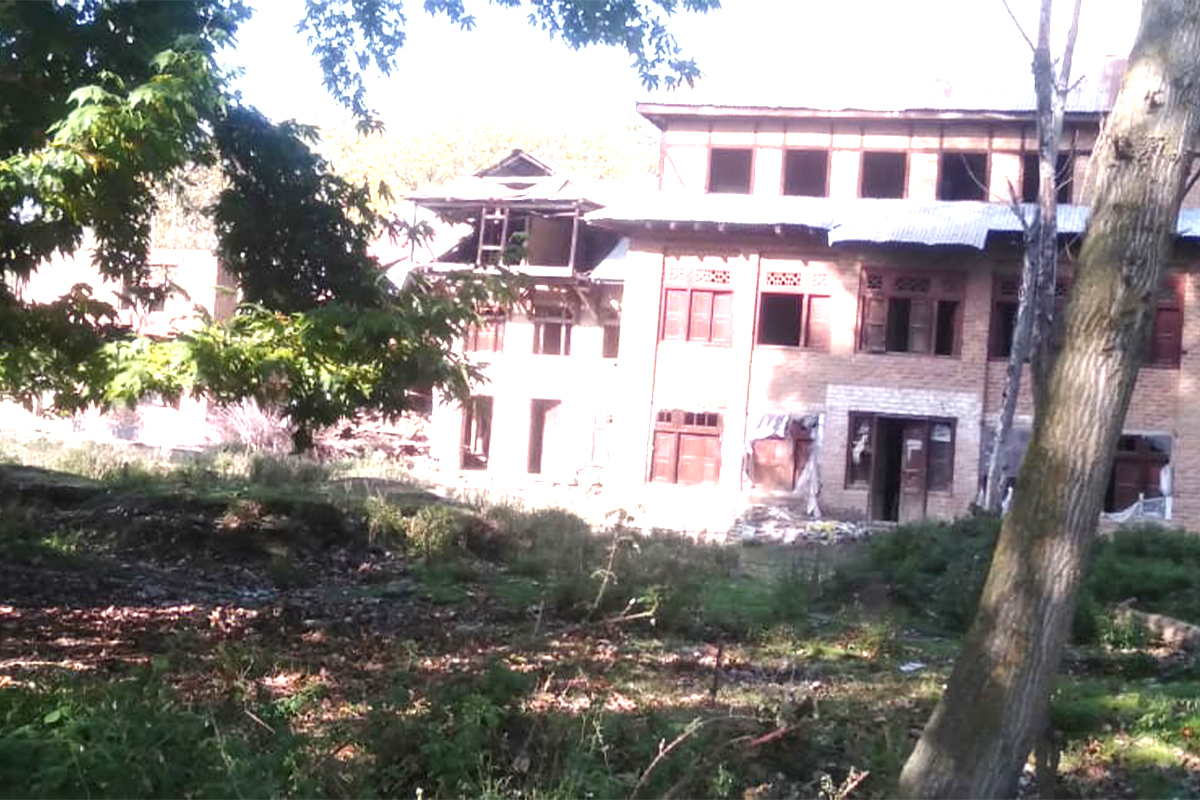
An Interesting Village
Nadimarg is an interesting village. Located on the two banks of a deep gorge, Frestkud naad, a stream separates the two parts of the prosperous, apple-walnut village. On one side, Muslims live and fall in Kulgam district as the other side of the high-ground is dominated by Pandits and falls in the Shopian district. But the separation by a brook had not divided the emotions of the inhabitants of the village. Most of the minority community members had decided against migrating at the peak of militancy in the 1990s.
Nadimarg Pandit community, Frontline reported post-massacre, “faced no violence or threats”. However, “afraid of what the future would bring, seven of its 11 extended families left in 1991”.
In order to boost the non-migrant confidence, the government had deployed small security detachments for the protection of the Pandits and Sikhs in more than 200 villages in Kashmir. In Nadimarg, though this picket was supposed to have 20 cops, the numbers were hugely down.
Within less than a week after the massacre that killed more than half of them, Nadimarg Pandits left Kashmir. The locality continues to remain deserted. The homes are still intact but years of disuse have pushed them closer to being ruined.
“They do come and stay with the families in the neighbouring villages who till their fields and manage their orchards,” one resident said. “But they are unwilling to live in these homes because they say these houses are haunted.”
In recent years, the government spent some money in preserving the temple that they had abandoned and also improved the road to the hamlet. “All their landed estate and the homes are untouched and will remain so,” the resident said. “All these families do come and spend weeks with their friends in all the neighbouring villages in Kokegund, and Katpora.” For most of the summers, the seasonal labour that moves in from Pir Panchal Valley do pitch tents in the vast courtyards and the Pandits are aware of it.
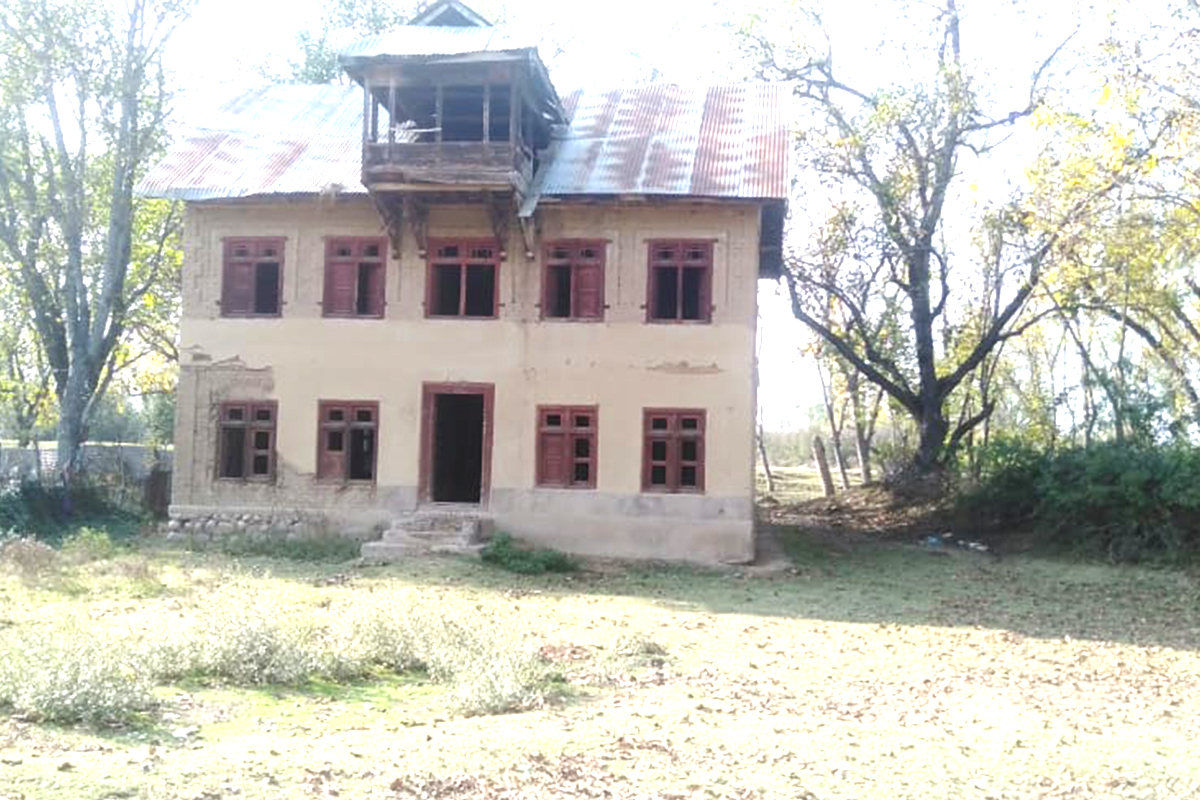
The Follow Up
The security grid moved quickly after FIR 24/2003 under sections 302, 450, 395, 120-B, 427 RPC 7/27 Arms Act was registered at Police Station Zainapora on March 24, 2003.
The first newsbreak came on April 11, 2003, when A K Suri, the state police chief, produced Zia Mustafa alias Arbaz alias Abdullah Omar, the Lashkar commander in a news conference and termed him to be the mastermind of the carnage. He said the accused was arrested on April 10. Refusing any questioning of the detainee by media, Suri said LeT had decided in December 2002 to “avenge the killing of Muslims in Gujarat”. Suri claimed Zia, who had infiltrated into Kashmir in September 2001, has “already confessed his active involvement in militants’ suicide strikes on security forces, besides the killing of security forces personnel and the infamous massacre at Nadimarg” and was operating from Narwani. Asked how credible his claims were in wake of the Chittisinghpora massacre of Sikhs, Suri shot back: “I leave it you, whether to believe it or not. I am producing (before you) a live person, not a dead body”.
The second newsbreak came on April 18, when the Border Security Force (BSF) claimed they killed three militants involved in the massacre in Kulgam.
In between, there was an interesting development. A day after Suri’s presser, Jammu newspaper Daly Excelsior reported that an anonymous spokesperson of the outfit told it through a long-distance call that Zia was in the custody of the SOG in Anantnag after his arrest on March 16. “According to the anonymous caller, Zia Mustafa alias Abu Ma’az was initially shown a militant arrested on March 16 but later the matters were bungled and he was projected as the ‘planner’ of Nadimarg massacre,” the newspaper reported on April 11, 2003. “He claimed that on account of the militant’s arrest, one constable was promoted to the rank of ASI and three more were promoted to the rank of selection grade constable in another district in spite of the fact that they were not involved in the militant’s arrest.”
A Bungled Trial?
The prosecution, however, moved ahead and the charge sheet was formally filed on June 9, 2003. Three months later, on October 1, charges were framed against Zia and seven cops, the latter for dereliction of duty. The challan was filed in the District and Sessions Court at Pulwama. In 2007, when Shopian was carved out of Pulwama as a full-fledged district, the case was transferred to the Shopian Court.
“I had just entered the bar,” Shopian based advocate, Mubashir Gattoo said. “A colleague who was pleading the case in Pulwama requested me to take care of it in Shopian court and I agreed. This case was being pleaded free.”
The prosecution, according to Gattoo had listed 38 witnesses. As the trial started, the court could examine only nine witnesses. As the prosecution failed to get the witnesses, the court set a deadline for the production and examination of the witnesses in eight hearings by the end of 2009. It did not happen and finally, the court closed the prosecution evidence on February 9, 2011.
The prosecution challenged the court order in the High Court. The court of Justice Janak Raj Kotwal dismissed the prosecution petition on February 26, 2014, and upheld the trial court order. The prosecution approached the Supreme Court of India in 2015, and the apex court directed on July 16, 2015, that the Jammu and Kashmir High Court will consider the application on merits. In the High Court, the prosecution seemingly did not follow the case and eventually, the petition was dismissed on August 11, 2017. The court felt as if the prosecution was not interested in following the case that had been reconsidered on the direction of the apex court.
For all these years when the prosecution was battling the case in bigger court, the trial halted. As almost all the courts closed the doors on the case, the trial court dusted the files to decide it. The translation of the files was carried out and the arguments started. “My argument was that since there is no evidence against my client, he should be acquitted,” Gattoo said. “Then August 2019 closed Kashmir and was followed by the Covid19 lockdown in 2020 and 2021. We were getting dates of hearings but there was no progress.” In 2021, there were nine hearings and the next was scheduled for October 16. The accused had maintained throughout that he had nothing to do with the massacre as he was already in the custody of the Special Operations Group (SOG) in Anantnag when the carnage took place.
Shuttling Between Jails
After being formally charged, the accused Zia was detained in the Central Jail Srinagar. Naveed Jatt, another top LeT militant being held in the same jail managed to escape on February 6, 2018, after killings the cops escorting him to a medical check-up. This led the then state government to decide that most of the foreign militants in the jail should be shifted out of Kashmir. Zia was amongst 40 odd prisoners who were shifted out to Kot Balwal in Jammu, later that month.
Then the situation changed in Jammu and Kashmir. In late 2019, the government planned to shift a group of seven Pakistani militants to Tihar Jail in Delhi because they were indoctrinating their fellow prisoners. It did not happen.
Finally, Zia moved out of jail in transit remand in another case and died in the forests not far away from his home, on this side of the LoC.
“The case against him is automatically closed,” Gattoo said. “There is nobody against whom there is any substantive charge now excepting cops who are being tried for dereliction of duty.”
The curtains have fallen on one of the worst massacres in Kashmir’s recent history. But the questions remain.















